Advantages and Disadvantages of Traditional FoodsTraditional ethnic food from around the world is generally nutritious. Modernization, on the other hand, has resulted in a focus on speed and taste rather than wholesome nutrition. This translates into high-calorie, high-fat processed foods high in sodium, complex sugars, and questionable additives. Continue reading for a look at some of the healthiest and unhealthiest foods from around the world. Mediterranean Foods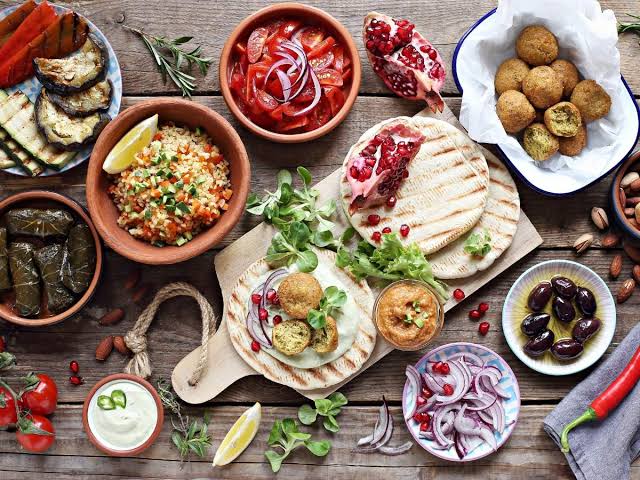
All nutrition and health enthusiasts have developed a fascination with this "superdiet." This diet focuses on the dietary preferences of the inhabitants of Crete, a sizable portion of Greece, Southern Italy, some regions of Spain and Portugal, and Southern France. The majority of Arab and North African nations share a similar diet. High amounts of grains, legumes, seeds, leafy greens, nuts, and beans are included in this diet. The main dairy sources are cheese and yoghurt, while the main source of dietary fat is olive oil. A good mix of fruits and vegetables is present. Most food is unprocessed. Instead of sugar, the dessert focuses on fruits and honey. Only a small amount of red meat and a moderate amount of fish, poultry, and wine are consumed by them. The emphasis is on oily fish that are full of heart-protecting omega-3 fatty acids, like salmon, sardines, and mackerel. Less than 10% of the calories they consume are in the form of saturated fat. This diet has gained recognition on a global scale for its ability to prevent obesity, Type 2 Diabetes, cardiovascular disease (including cardiac arrest and stroke), and some forms of cancer. On the other hand, if you don't live near the Mediterranean coast, maintaining this diet will cost you money. The amount of butter and phyllo dough can be quite heavy. Additionally, the way Greeks eat their meals-sharing a mezze platter, which aids in portion control-is what makes this diet effective. Spanish, German, French, and other European Foods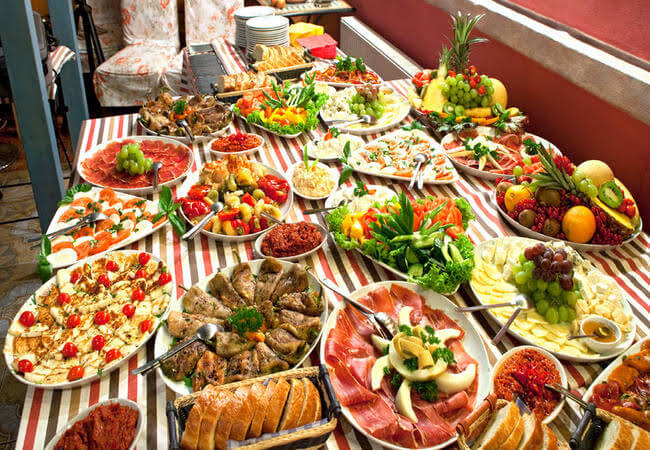
French pastry is a beloved and well-known form of culinary art. Carbs, butter, and sugar are abundant in the pastries. If you eat too much, calorie-dense foods like German currywurst and Italian pastas can quickly make you put on weight. Cheese and dairy products are very popular in Italy and Spain. However, some of their star ingredients include tomato, olives, garlic, basil, parsley, herbs (oregano and rosemary), and small amounts of red wine, which is high in antioxidants like lycopene and resveratrol. Europeans make their diet work for them by eating smaller portions (especially in France), smaller plates (think Spanish tapas), and eating slowly and leisurely (which brings early satiety and lower craving for carbs). Walking and cycling are ways of life in Europe, keeping people (young and old) agile and strong. Japanese Foods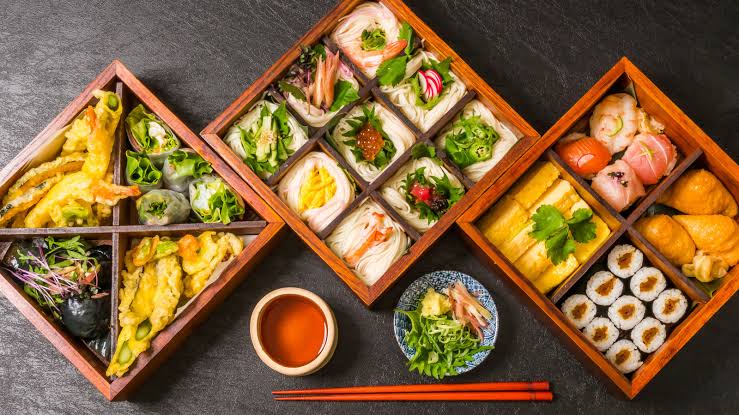
Many vegetables and seafood are consumed by Japanese people. Pork and beef are only eaten in moderation. Dairy products like cheese, cream, and butter are extremely rare. They consume a lot of vegetables high in calcium, like bok choy and broccoli. It is a very healthy cuisine because their food is served in small portions. Green, white, and black tea are all beloved beverages in Japan. As a result, their body receives an increase in antioxidants that are both cleansing and energizing. People who reside on the island of Okinawa frequently live to be 100 years old! Although soy is an essential part of the Japanese diet, eating large amounts of it can upset your hormonal balance because soy contains estrogenic compounds. The function of the thyroid can be affected. The drawbacks - Depending on how much rice and noodles you eat, it has a fair amount of carbohydrates. Due to the majority of the vegetables being sea vegetables and the lack of cereal in this diet, it is also somewhat low in fibre. Another issue is the high mercury content of certain fish, such as swordfish and tuna. Due to the difficulty in obtaining many of the ingredients, this diet is also expensive. Chinese Food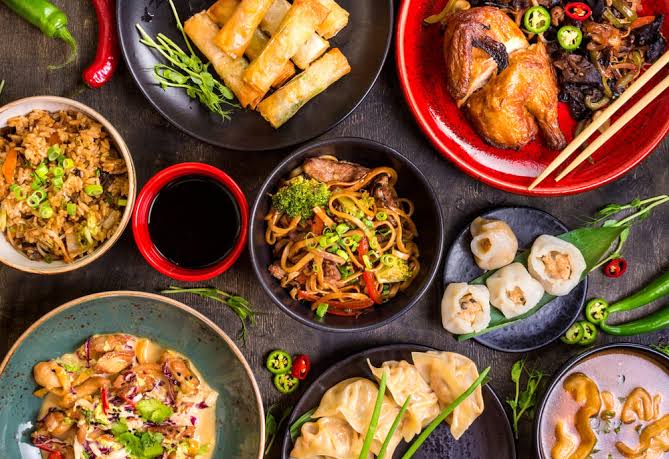
The Japanese diet and the Chinese diet are very similar. Chinese culture values harmony. Each dish has an ideal ratio of vegetables, herbs, condiments, vegetables, protein (beef or duck), and carbohydrates (rice or noodles). However, beef and pork are consumed in greater amounts and in larger portions. Additionally, the majority of people worldwide order takeout or eat their Chinese food in restaurants. Such food is not a good choice for people with heart or blood pressure issues due to the high levels of oil, sodium, and MSG (monosodium glutamate). The Foods of Vietnam and Thailand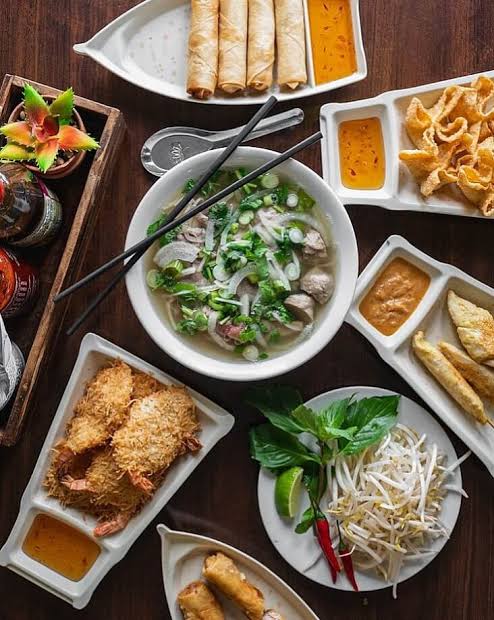
The Vietnamese diet is largely composed of seafood, vegetables, fresh salads, fresh herbs (like basil, cilantro, mint, lemongrass, and coriander), sauces (like fish sauce, hoisin sauce, and shrimp paste), and spices (like dried red chillies and galangal). In order to preserve as much of the original flavour and valuable nutrients as possible, the majority of their food is only lightly cooked in broths (rather than oil). Spice, salt, sour, bitter, and sweet flavours are frequently balanced in the food. It is calorie-light and flavorful to the brim. Dairy is not used very often. The emphasis is on organ meat and the meat is served in tiny, bite-sized pieces. Correct selection and portion control are crucial in this situation as well. Your pancreas could suffer if you consume too much tapioca. A lot of rice, noodles, coconut milk, peanut butter, and fried foods are part of this diet. Consequently, choosing the incorrect menu items can actually flood your circulation with extra fat after a lovely Vietnamese meal! Foods in the West (mostly refers to USA and UK)
The Western diet is widely regarded as the unhealthiest diet in the world and has received a lot of criticism. That's unfortunate because this region of the world also has some of the best produce. This diet is high in sodium, saturated and trans fat, complex sugars, and refined grains. There is far too much dairy, far too much meat, far too much alcohol, and far too little fibre. This cuisine contains very few raw or fermented foods. The portions served at American restaurants, delis, and fast food outlets are renowned for being large. There is a large percentage of overweight people in this area, and haemorrhoids, colon cancer, breast cancer, Type 2 diabetes, and coronary heart disease are all common. Early in life, unhealthy eating habits are formed, and the majority of the food is overly processed. In this cuisine, there is hardly any water or raw or fermented food. But it appears that there is still hope. Foods that are organic and vegetarian are becoming more popular. The amount of sugar that kids consume is decreasing. A wide range of ethnic cuisines are now available to Westerners to try. Indian Foods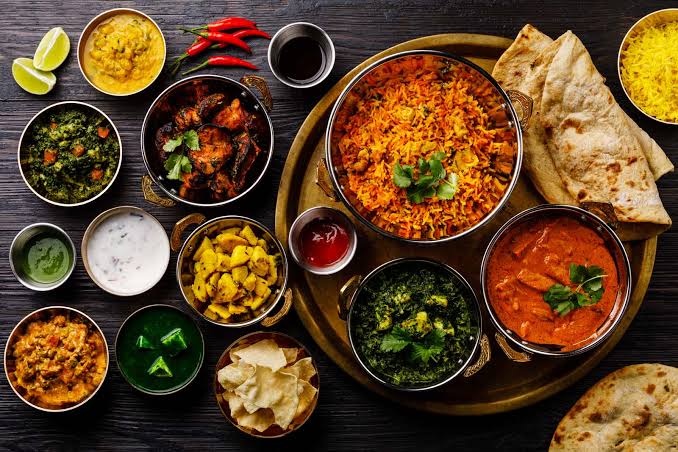
It is very healthy to eat Indian food. There are many vegetarians and teetotalers in India. This diet contains a good amount of proteins and important vitamins and minerals despite consuming little to no meat. The high intake of grains and legumes in significant quantities is to blame for this. The primary source of calcium and a favorite food of Indians is dairy. They enjoy their tea immensely; it's a very good habit. Foods that are fermented, such as yoghurt and yeast, are also consumed to a fair extent. The ingredients in almost every dish include onions, ginger, garlic, lemon, mint, and cilantro. Garlic protects the heart and lowers cholesterol. One of the world's healthiest and most effective sources of anti-cancer spices is used by Indians. Every Indian kitchen contains ingredients like fenugreek, asafoetida, cumin, fennel, turmeric, pepper, and cloves. In addition to promoting healthy digestion and immunity, these spices aid metabolism and fight against cancer and Alzheimer's disease. Why then are heart disease and diabetes on the rise in Indians? This is a consequence of Westernization to some extent. It takes a long time and effort to prepare Indian food. Therefore, fast food and processed food are becoming increasingly popular among Indians. Indians enjoy their sweets and snacks, and frequently nutrition is forgone in favour of flavor. Most snacks contain a lot of sodium and are deep-fried. Instead of using fruits and nuts, the desserts heavily rely on ghee (clarified butter), sugar, and syrup. Restaurant food tends to focus on meat, cheese, cream, and sugar. Vegetables, fruits, salad options, and fibre are sometimes lacking in restaurant food. Lack of exercise and genetic factors also contribute to the health threat. African Foods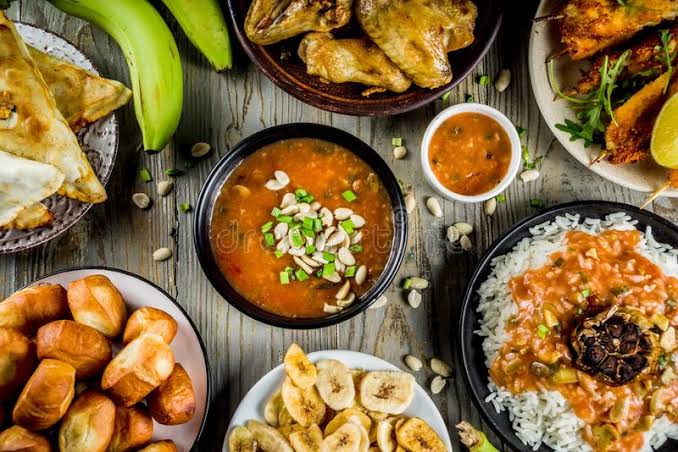
The traditional African diet is very well balanced, full of flavour, low in fat and sodium, and uses a lot of grains, legumes, plantains, tubers, vegetables, spices, oil seeds, lean meat, and game meat. Most meals are either grilled, roasted, boiled, steamed, or baked in ashes. Particularly Ethiopian food is rapidly gaining popularity in the West. Teff flour, which is rich in protein, fibre, iron, and vitamin C, is used to make injera, a traditional flatbread of Ethiopia. The majority of the food is unprocessed, and the majority of the region's produce is organic. Whether it's the macrobiotic craze or the vegan fad, more and more people are experimenting with healthier diet options. The size of the globe is decreasing. American consumers can now buy jackfruit, and Indians adore feta cheese. Traditional ethnic foods are typically nutritious and well-balanced. However, as families have shrunk and more couples are working, life has become hectic and robotic. People do not have a lot of time to spend every day preparing wholesome meals for their families. Dependence on highly processed junk food is now very simple. Food that is fried, sugary, or starchy is also very calming during stressful times. This is increasingly being cited as a factor in the Middle East and South East Asia's rising rates of illness. Across all continents, a switch to home-style cooking and a more culturally focused approach to your cooking will promote longevity and good health. Norwegian Foods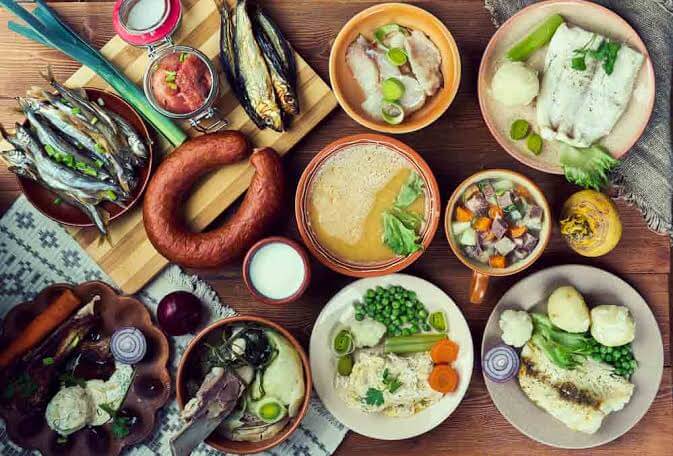
The traditional diet in Sweden contains very few fruits and vegetables due to unfavorable climatic conditions. They primarily use root vegetables like turnips, potatoes, and radishes. But rye, oats, and barley are among the abundant grains in the Scandinavian diet. Crispbreads and seafood are both favourites. The majority of the food is fresh, and the locals favor frequent small meals. In this region of the world, obesity rates are extremely low. It makes sense that Swedish, Danish, and other Nordic cuisines are growing in popularity in the UK. Mexican Foods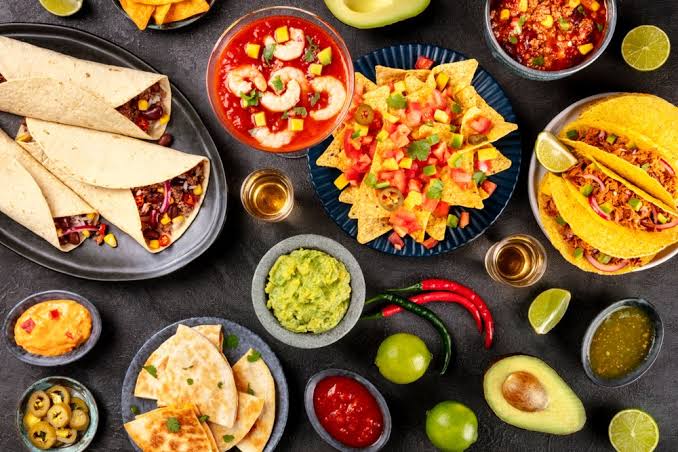
When it comes to having the highest percentage of obese people in the nation, Mexicans surpass Americans. They consume a lot of beans, corn, sprouts, soups, peppers, and vegetables, which provide all the necessary nutrients. However, the majority of their food is fried, made with lard, or has a lot of cheese. Additionally, the serving sizes are enormous. Fried food serves as the reason for many heart-attack. But if you choose your food carefully, you can still enjoy a filling meal that is also healthy. Mexico's traditional cuisine has been influenced by street tacos for centuries. They not only taste great, but they are also extremely healthy. Tomatoes, lettuce, and other popular Mexican vegetables are high in vitamins and minerals, which can be found in sufficient quantities. Each company provides a different type of vitamin and mineral
Next TopicAdvantages and Disadvantages of CCE
|
 For Videos Join Our Youtube Channel: Join Now
For Videos Join Our Youtube Channel: Join Now
Feedback
- Send your Feedback to [email protected]
Help Others, Please Share










